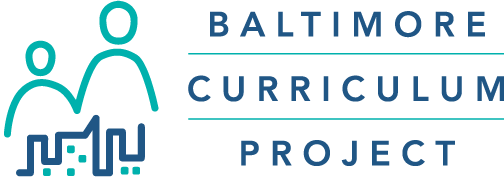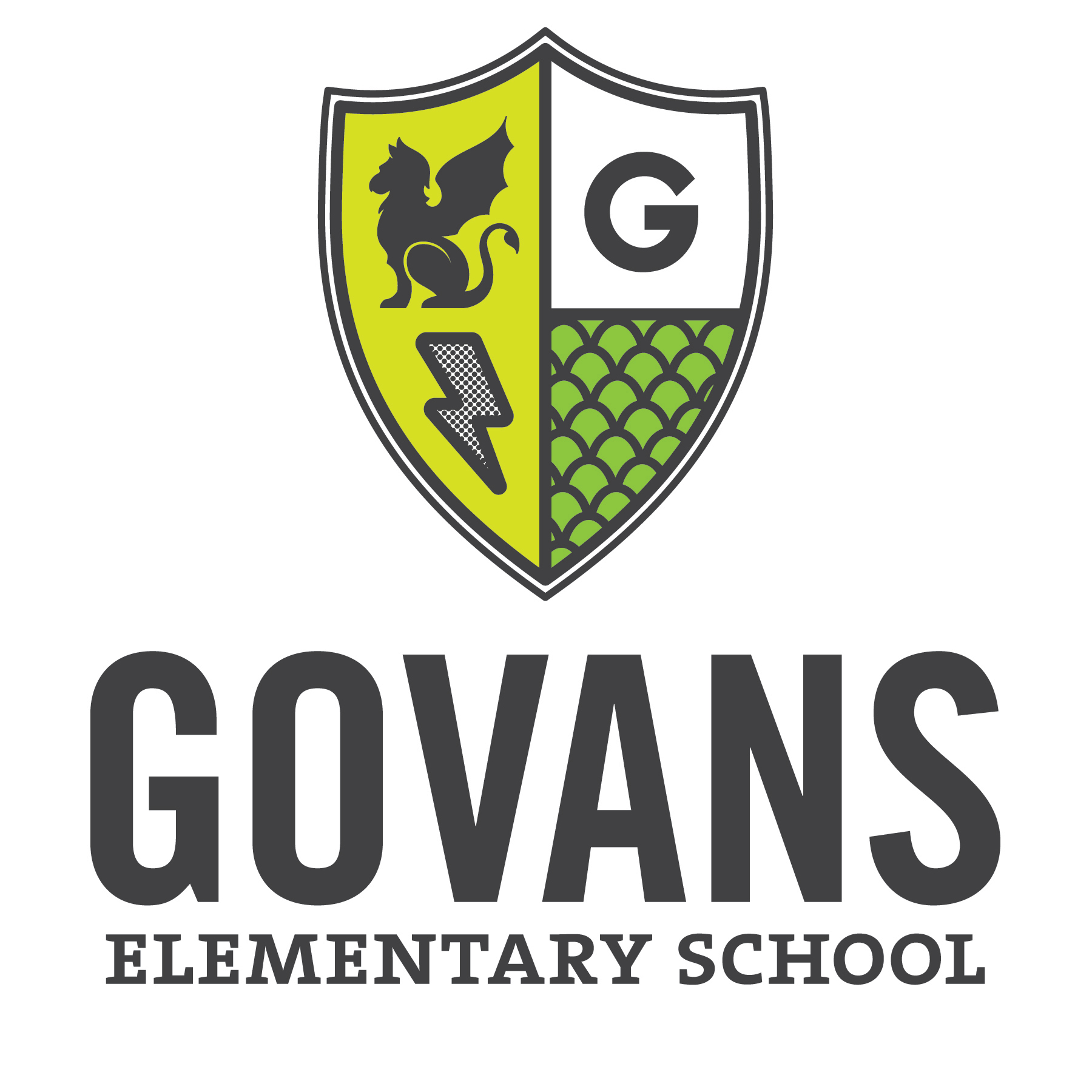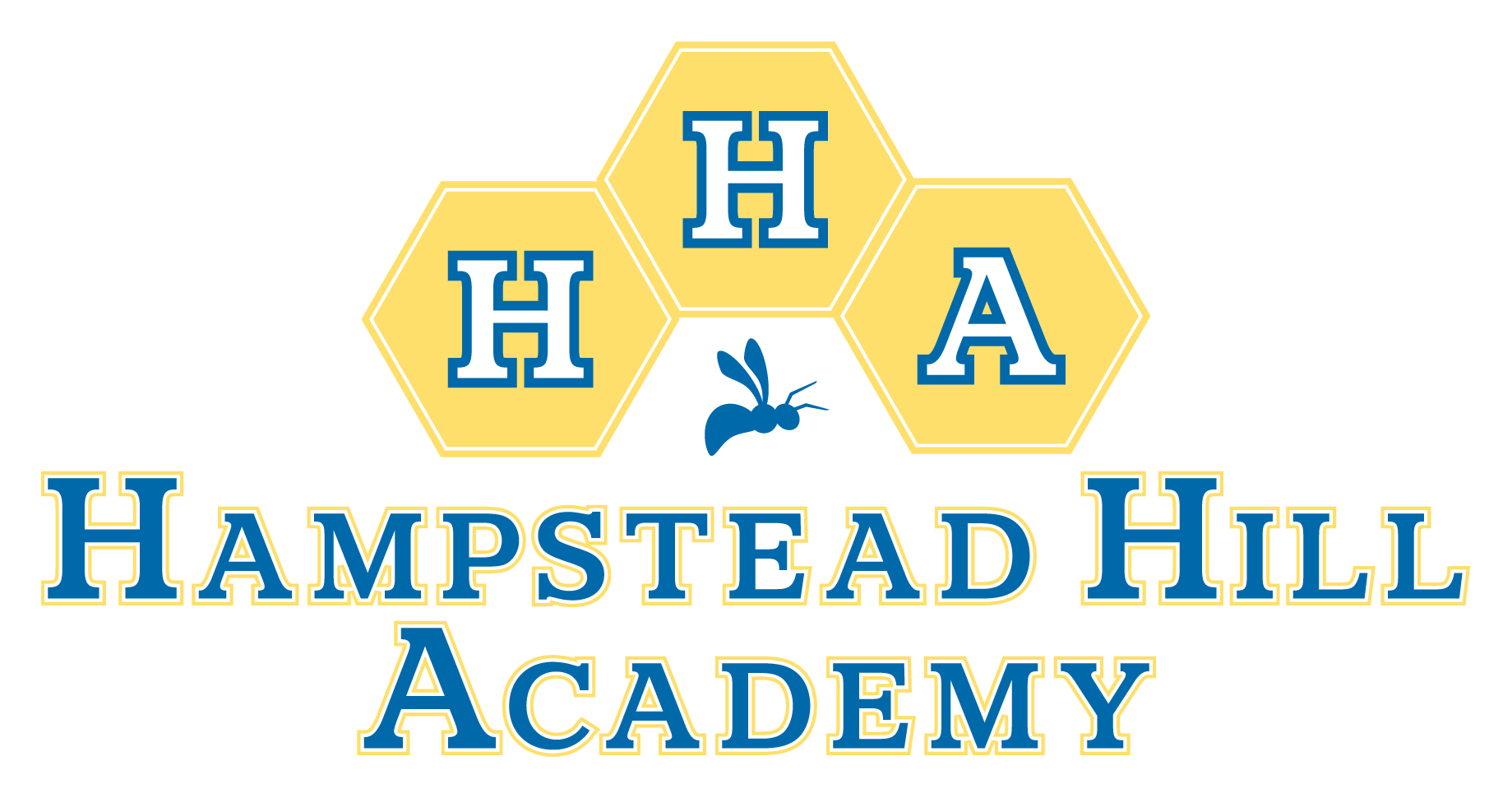“Every day, we see how social media is changing schools in the ways that we engage with students.”
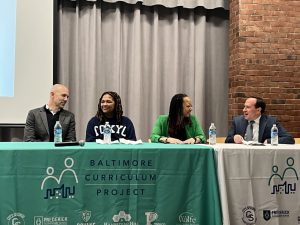 This opening comment by Harold S. Henry, Jr. Chief of Schools for Baltimore Curriculum Project’s (BCP) 2024 Leading Minds Conversation was hardly news to the several hundred BCP educators gathered on January 26, 2024 in the Pimlico Elementary / Middle School auditorium for the Leading Minds presentation on Exploring the Impact of Social Media on Students’ Mental Health and Academic Outcomes.
This opening comment by Harold S. Henry, Jr. Chief of Schools for Baltimore Curriculum Project’s (BCP) 2024 Leading Minds Conversation was hardly news to the several hundred BCP educators gathered on January 26, 2024 in the Pimlico Elementary / Middle School auditorium for the Leading Minds presentation on Exploring the Impact of Social Media on Students’ Mental Health and Academic Outcomes.
BCP educators have seen the negative effects of social media on student’s wellbeing and mental health for more than a decade.
“Recent research also shows that they are literally changing students,” Mr. Henry continued. “Our ability or inability to counter the negative effects and or bolster the positive possibilities of this technology will be the difference between success and failure and our mission to educate our students.”
His words ring true for schools, whether public charter schools like BCP or other public, parochial, or private schools, across the nation. Social media use by tweens and teens is causing significant mental health issues.
To underscore the crisis, BCP focused, for the first time, the entirety of its day-long Leading Minds event on this single issue. Following the panel of experts in the morning, BCP participants could dive deeper into topics through a number of workshops connected or related to the overarching theme of the symposium. Topics included sessions on exploring how artificial intelligence (AI) may impact content knowledge acquisition; exploring the scope and impact of cyber-bullying; and, leveraging the benefits of students’ social media engagement in planning for instruction.
The Reality of Social Media’s Effect on Student Mental Health
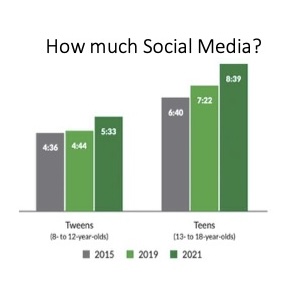 Tweens and teens today are social media natives. They’ve been raised on smartphones and tablets, and many have been on social media platforms since they were in elementary school.
Tweens and teens today are social media natives. They’ve been raised on smartphones and tablets, and many have been on social media platforms since they were in elementary school.
According to Consumernotice.org, 97% of teens use the internet daily, and teens comprise the largest audiences on some social media platforms. In fact, the number of teens who say they are online “almost constantly” has roughly doubled over the last ten years to 46%.
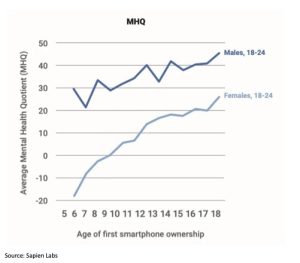 In 2022, The Pew Research Center surveyed thousands of teens on their social media use. Not surprisingly, respondents reported that social media is a vital way to stay connected to peers. Yet there are very concerning statistics:
In 2022, The Pew Research Center surveyed thousands of teens on their social media use. Not surprisingly, respondents reported that social media is a vital way to stay connected to peers. Yet there are very concerning statistics:
Many teens – 38% – admit that they can be overwhelmed by the pressure and drama of social media. This often contributes to the stress and anxiety of young people, particularly girls. BYU conducted a 10-year survey, discovering that teenage girls at age 13 who spent two to three hours daily on social media (the national average/day for all teens is eight hours) were at a higher risk for suicide as young adults. (Source: Social Media Victims Law Center).
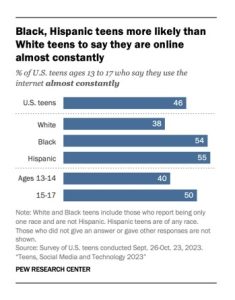 Social media and cyberbullying can increase exposure to negative messaging, which may promote self-harm. Pew reports that 41% of teens say they’ve experienced some form of online harassment, with 75% noting that the most recent place they experienced abuse was on social media.
Social media and cyberbullying can increase exposure to negative messaging, which may promote self-harm. Pew reports that 41% of teens say they’ve experienced some form of online harassment, with 75% noting that the most recent place they experienced abuse was on social media.
Students of color, on average, spend more time online, according to Pew.
While there is not enough evidence currently to definitively link teen self-harm and suicide statistics to social media, suicide rates for teens and young adults are rising. Suicide is the second-leading cause of death for ages 10-24 (Centers for Disease Control and Prevention).
BCP’s Leading Minds Panel Addresses Social Media and Student Mental Health
These statistics and the reality they represent at BCP schools informed this year’s BCP Leading Minds and its panel of experts, moderated by award-winning investigative journalist and veteran of past BCP Leading Minds events.
2024 Panelists:
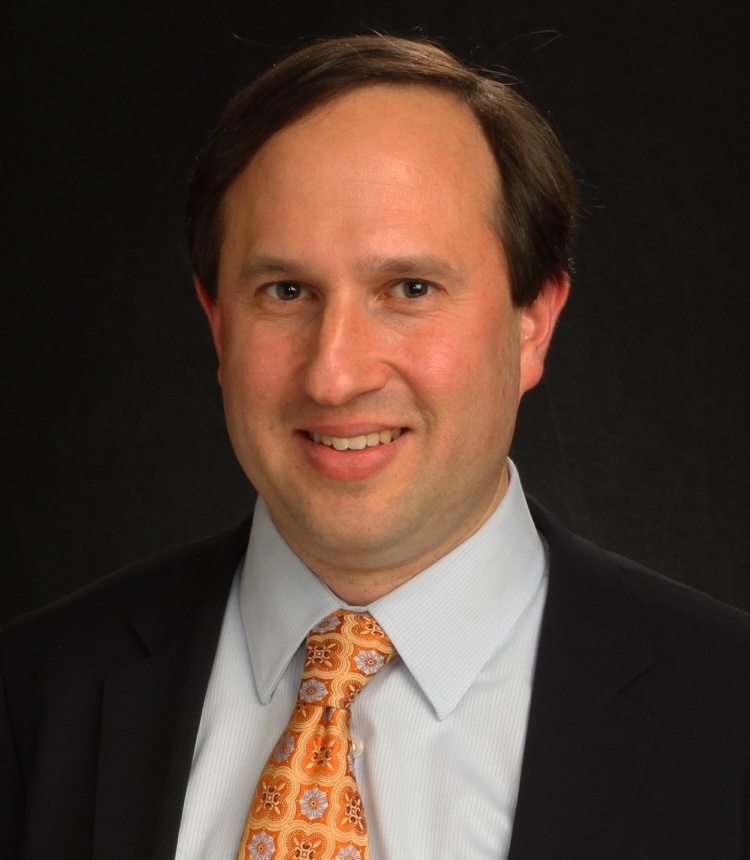
Joshua Civin
Chief Legal Officer
Baltimore City Public Schools
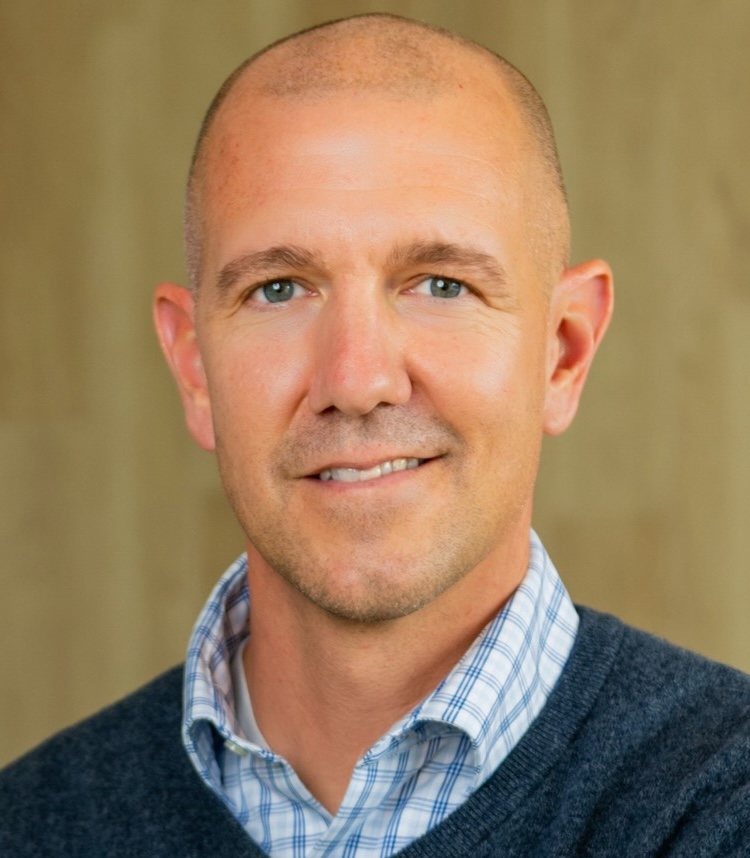
Michael Lucas
Assistant Principal
Hampstead Hill Academy
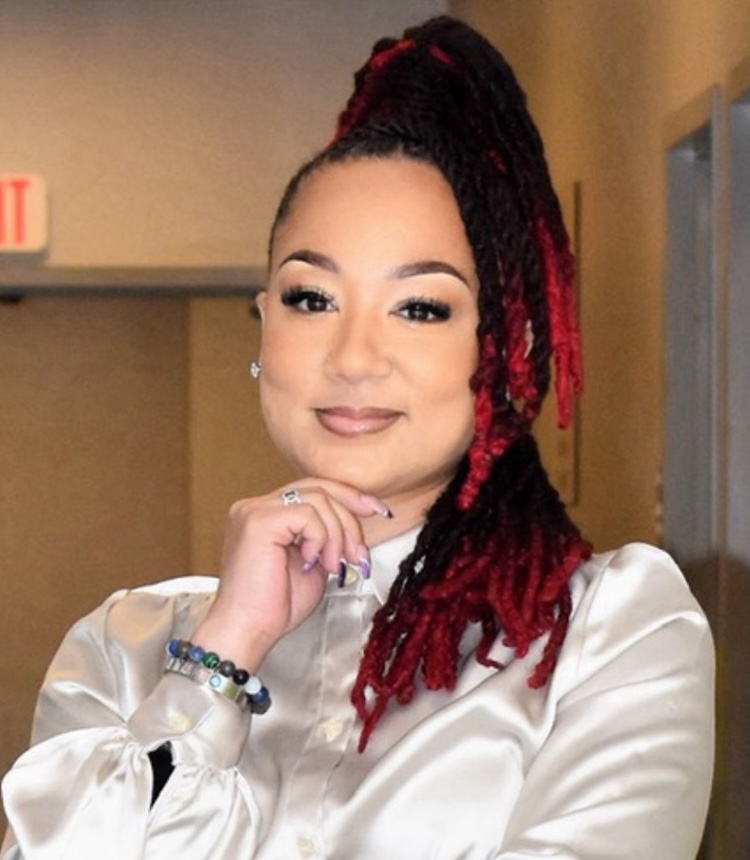
Lachond Carter
Licensed Clinical Social Worker
Frederick Elementary
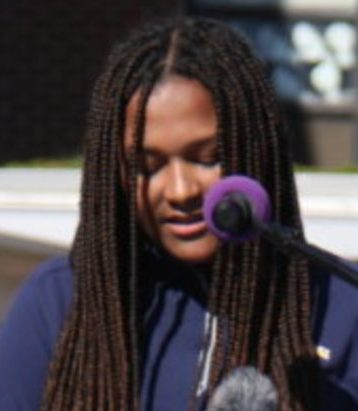
Aria Cannizzaro
8th grade student
Hampstead Hill Academy
Read WYPR’s coverage of the event.
Here, we share excerpts from their remarks about this pressing issue.
Aria Cannizzaro: My experience with social media has been a negative one. The first time I ever went on social media was because of peer pressure. I just remember feeling so embarrassed that I did not have all these social media platforms like my friends did. Even at recess, when my friends would pull out their phones and look on Instagram, I would feel left out as I cannot go on it with them. Then once I got it, the stress that came with maintaining my social media started affecting me mentally. I was getting constant anxiety from always wondering if I was saying the right things or keeping up with the trends. I would lose sleep as I spent countless hours during the night checking to make sure that I responded to every single message I got. I would get depressed when I found that no one had responded to my messages as it made me feel really alone and that no one cared about me enough to respond.
Lachond Carter explained mental health within the context of psychologist Eric Erickson’s eight stages of life. Her remarks focused on Identity vs. inferiority (ages 7-11; developing self confidence) and Identity vs. Confusion (ages 12-18; experimenting with identity and roles), providing context for how students are “figuring out where they fit in this world and what their goals are going to be.”
Ms. Carter: Social media can cause feelings of isolation and exclusion. A lot of times when a student is feeling lonely, they’ll turn to social media to try to feel included and see what’s going on with their peers. However, that same social media can cause them to feel isolated and excluded because they see the things their peers are doing that they are not a part of.
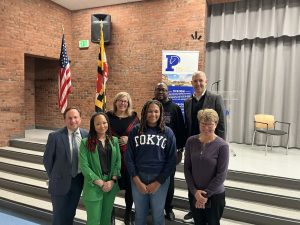 Cyber bullying — posting or sharing harmful, false or mean content about other people – is a really, really big factor in the use of social media for children. This causes feelings of humiliation and embarrassment,and feelings of inadequacy like they don’t measure up to peers based on looks, socioeconomic status, and popularity.
Cyber bullying — posting or sharing harmful, false or mean content about other people – is a really, really big factor in the use of social media for children. This causes feelings of humiliation and embarrassment,and feelings of inadequacy like they don’t measure up to peers based on looks, socioeconomic status, and popularity.
Social media is a constant portal to the prettiest and most popular people, people who are prepared to be in the spotlight. Our students are comparing themselves to these people who we’re not getting a clear picture of – we’re getting the picture of what they want us to see. Students don’t always understand that which can lead to internalized expectations of beauty standards, poor body image, and often body dysmorphia.
Collectively, these experiences can lead to depressive symptoms In students. We can see students who have a change in their moods or behavior, decreased interest in things that they were once interested in, poor sleep patterns and quality [from constant digital notifications from social media], and a lack of wanting to interact with others. Through social media, we have consistent access to a lot of scary situations that are going on in the lives of others, which causes anxiety.
We also know that social connection is important for our mental health, and social media can provide that. Social connection helps us to be able to deal with stress better and feel validated and important. Students can use social media as a form of self-expression, to serve as that platform where they can be who they want to be.
Michael Lucas shared that at Hampstead Hill Academy, he and his colleagues led a conversation with adults at the schools (faculty, staff, and parents/guardians) on the effects social media is having on their students.
Mr. Lucas: Research validates what maybe we thought was true, but now we know it is true. The earlier students get a cell phone, the lower their mental health is, and it’s affecting girls at a much greater rate than it’s affecting boys. We have created a society where social media is what kids are doing most. If we don’t at least have conversations with them about that, then I think we’re doing our kids a disservice.
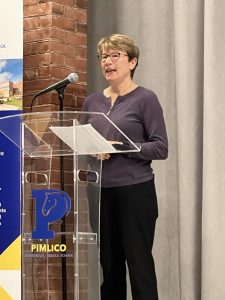 From a school perspective, we didn’t set out saying, ‘kids are behaving terribly and they’re always on their phone.’ We said, ‘We think our kids would be better off if they didn’t have access to their phone for seven hours a day.’
From a school perspective, we didn’t set out saying, ‘kids are behaving terribly and they’re always on their phone.’ We said, ‘We think our kids would be better off if they didn’t have access to their phone for seven hours a day.’
We talked to families about what would happen if kids didn’t have phones at school. The current school policy is that they are not supposed to have their phones turned on in school. Some parents were concerned about not being able to contact their student if there is an emergency. We explained that contacting them during an emergency was the worst thing they could do, and that we would inform everyone as soon as the emergency is over. And that if they try to call during the day, their student is probably going to get in trouble for using their phone.
We concluded that the kids would be better off without the cell phone in their pocket. It’s distracting. Many adults can’t get through a conversation without looking at their cell phone. Our kids are no different. The adult, fully mature frontal cortex helps us resist temptation, and we’re not very good at it. Now imagine a phone in a child’s pocket buzzing every few minutes and they don’t have a mature frontal cortex to stay on task.
Joshua Civin, Chief Legal Officer, Baltimore City Public Schools, presented the legal tools that school systems are using to address deliberate actions by social media platform corporations that make it more difficult to educate and care for students. He shared research on how social media platforms are engineered based on neuropsychology like intermittent variable rewards.
Mr. Civin: A slot machine is an intermittent variable reward. When you scroll down on your Instagram feed or YouTube, you get the same psychology, same dopamine hit on your brain of excitement of what comes next. The amount of time it takes to refresh our screens is intentional. Social media companies have done research to know just how long they need to wait to keep us coming back for more. Likes from your posts are also grouped in bursts.
Social reciprocity is a fancy term for the idea in psychology that we respond to friendly actions. We don’t respond to hostile actions. TikTok’s duet function where you can do the video side by side is a form of reciprocity. And then there’s the manipulative algorithm, the ways in which algorithms push us down rabbit holes and by research that says that the more extreme things are things, the more likely people will be to look at it.
This is not a fair fight. We’ve got to recognize that there are things that companies are doing that are making it even more challenging, no matter how much willpower you have in [using social media]. In Baltimore City, we are sitting idly by. Resources are scarce in Baltimore, but this issue is a priority. After a number of months of investigation, we filed a lawsuit against the social media companies.
On October 24, 2023, the State of Maryland joined 40 other states in the lawsuit against Meta, the social media juggernaut. The lawsuit alleges that Meta’s social media platforms, among them Facebook and Instagram, cause harm to children through addictive features. Read about this in the Baltimore Banner.
Mr. Civin: Our goal is not to put these companies out of business. Our goal is to say that they should take steps to address the baked-in neuropsychology, to design these in mind for kids so we can have the positive, not the negative. There needs to be more resources for us to abate this harm. The Children’s Online Privacy Protection Act requires companies that direct their products towards kids to get parent consent. I wonder how many of our kids have parent consent to get onto these tools.
We also applied the public nuisance case that states you can’t have a noxious power plant next to your house, for example, to social media that they’re creating public harm. There’s also negligence and also product liability. Nine other school districts in Maryland and 500 nationwide have joined the lawsuit. There are states that have done some work to enact legislation. Interestingly, the social media companies have challenged that with a free speech amendment right.
